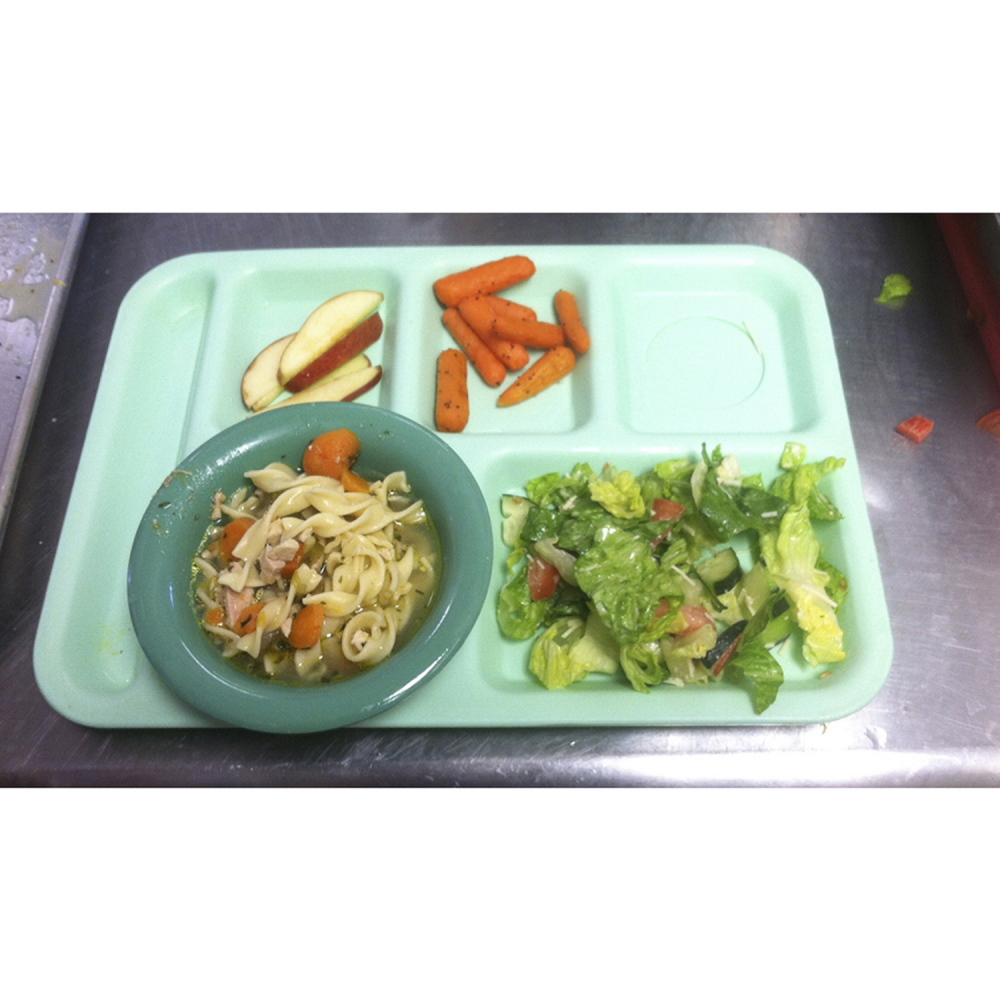No one said it was going to be easy to get kids to eat healthier.
Outside of school, diets are dominated by high-sugar, high-fat, highly processed foods, so it is beyond optimistic to think students would instantly gravitate toward the healthier options now mandated under federal rules governing the subsidized school lunch program.
Yet schools across the country, and particularly here in Maine, are finding that students will come around to the new menus, given time, creativity and persistence. They also are finding that the new menus can be costly, at a time when the budgetary cupboard is bare.
Congress is now reconsidering the nutrition rules, and there is no reason to back off from the effort to make school meals more healthful. But some flexibility is needed, so that programs at well-intentioned school districts don’t fail for lack of financial support.
ALL-NEW MENUS
The nutrition standards laid out by the U.S. Department of Agriculture, approved in 2010 with the backing of first lady Michelle Obama, gave schools until last June to start offering healthier meals. Specifically, schools must provide all five food groups each day, while lowering the amount of sodium and increasing the amount of whole grains used to prepare meals.
Schools also must offer both a fruit and a vegetable as separate meal components each day, and students must choose one.
The strict rules have drawn criticism from some school nutrition directors, who say that the fruits and vegetables too often go to waste when students refuse to eat them. The waste is nothing new, but the healthier food costs more, and throwing fresh produce down the garbage disposal is particularly harmful to the bottom line.
In response, the House Appropriations Committee recently passed along party lines a Republican-backed bill that would grant temporary waivers from the standards to school districts that operated at a loss over six months. The measure will be debated later this summer.
CHANGING TASTES
It shouldn’t be forgotten, however, that many schools have had remarkable success. After some initial reluctance on the part of students, these schools have found them willing to try new fruits and vegetables, often coming from nearby farms, or even gardens and greenhouses set up at the schools.
Students are also warming up to healthier versions of old favorites. Baked chicken replaces fried. Housemade tomato sauce, full of pureed vegetables, replaces canned. Fresh vegetable pizza replaces frozen.
And these successes, unlike so much in education, have taken place across a wide spectrum of school districts, big and small, rural and urban, poor and affluent.
The one common factor in these successes has been a dedication to changing dietary habits, through creative menus, education and student involvement. Many of them — like the Portland, Unity and Windham-Raymond school districts in Maine — started before the rules were approved, or just after, and they continue to escalate their use of fresh, local food.
COST CONSIDERATIONS
But there is no doubt that these programs are more expensive. Even with federal incentives, fresh apples cost more than applesauce. With teaching positions and academic programs on the chopping block in many districts, every dollar counts.
And although school lunch revenue and participation are up overall nationwide, many schools still struggle to meet their obligations. Some that have been able to absorb the extra cost in the short time the rules have been in effect may not be able to much longer.
That has to be a consideration. Maybe it means re-examining the mandated portion sizes, until schools and students’ tastes catch up. Or maybe it means delaying for a short time the stricter standards that go into effect in the next year.
The USDA has made these kinds of adjustments before, based on reasonable requests, and they can do it again.
School nutrition has come a long way in just a few years, in large part because of the rules put in place by the White House.
Those rules should not be dismantled, allowing schools to drift back to the old ways of serving student meals. But they cannot be unrealistic, either.
Send questions/comments to the editors.


